The Las Vegas Strip hotel that initiated the era of megaresorts is closing permanently on July 17. The Mirage will transform into the Hard Rock Las Vegas when it reopens after extensive renovations.
When it opened in November 1989, the $630 million construction cost was among the highest ever for any hotel, and its 3,000-plus rooms made it one of the largest in the world.
The hotel featured a variety of attractions, including tigers, lagoons, waterfalls, and aquariums. Outside, a giant piña colada-scented volcano erupted every 15 minutes.
On opening day, 120,000 people flooded through the doors within the first few hours, forcing the Mirage to restrict visitors because “guests could hardly move about the property,” as reported by the Reno Gazette-Journal.
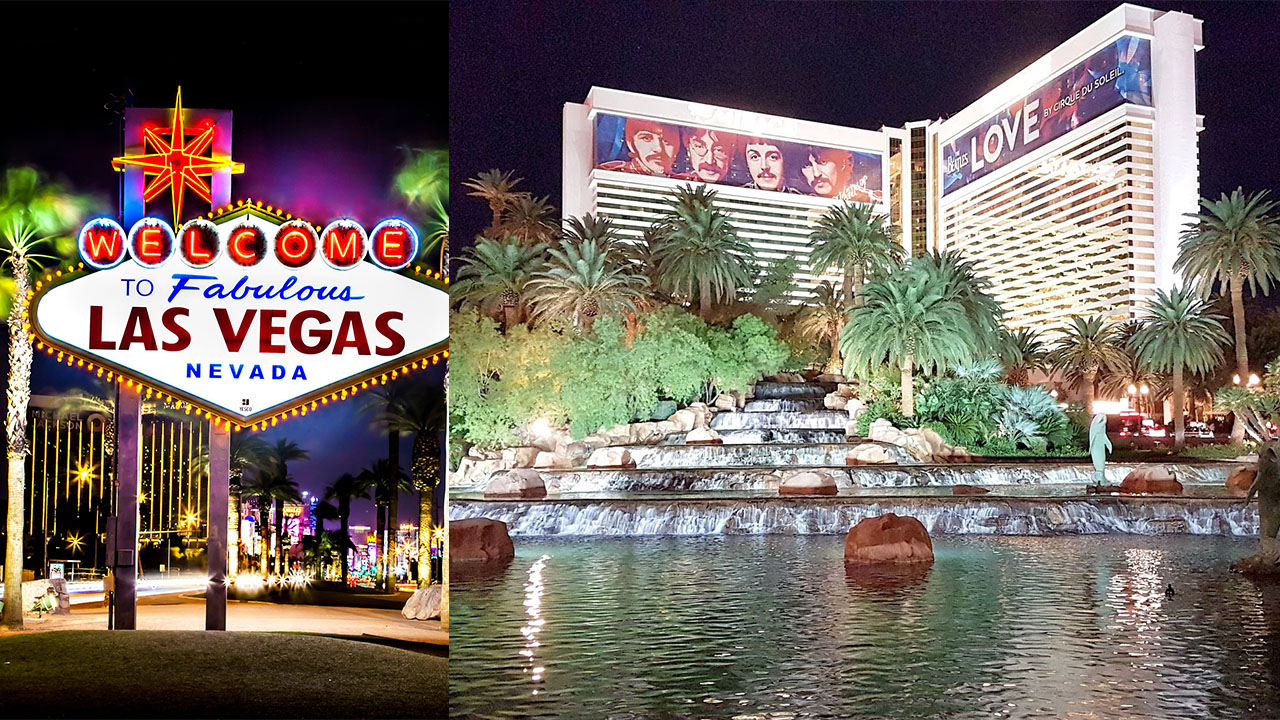
The resort was a significant gamble for developer Steve Wynn, with many industry insiders at the time predicting his ambitious project would fail. It didn’t.
Instead, its success sparked a boom of similarly enormous resorts like Luxor, Excalibur, the Bellagio, and Mandalay Bay in the 1990s.
It was also home to one of Vegas’ most legendary acts: Siegfried and Roy, who performed there from the early 1990s until Roy Horn was injured by a tiger during a performance in 2003.
In 2022, Hard Rock International purchased the Mirage for $1 billion.
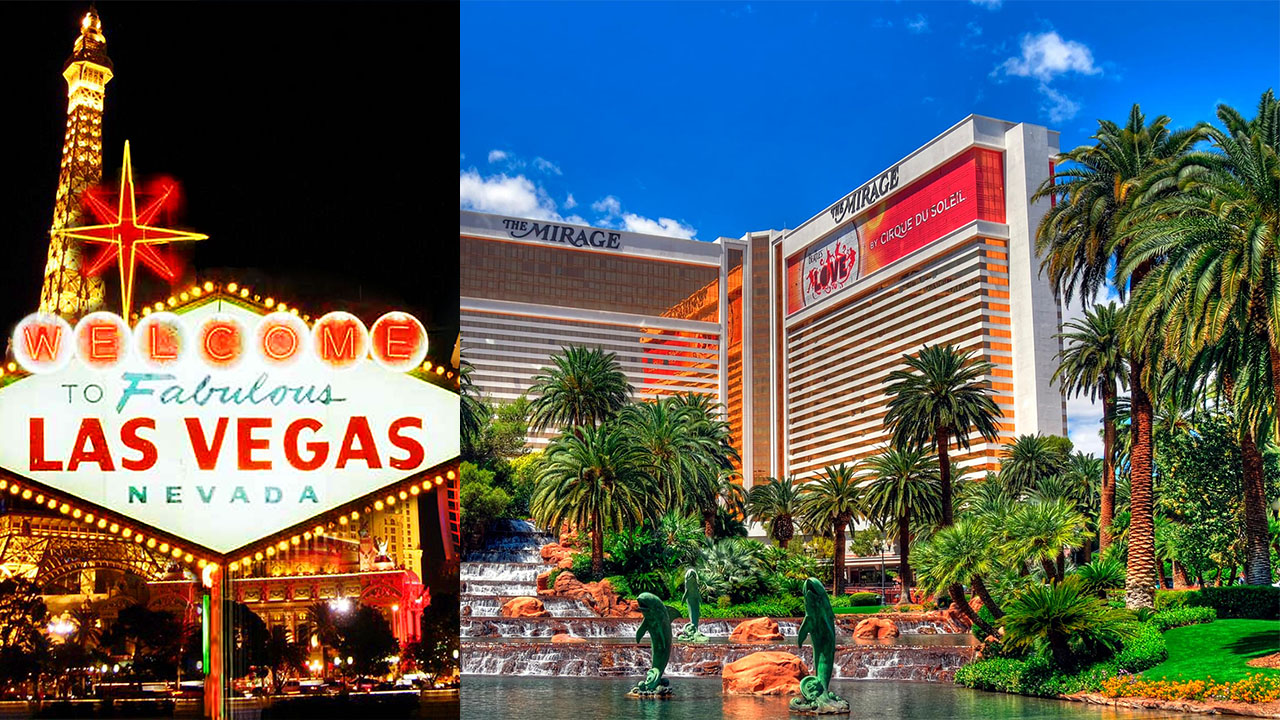
Part of the new plan includes adding a guitar-shaped hotel tower on the footprint of the Mirage’s iconic volcano. The new Hard Rock hotel is expected to open in May 2027.
“Over the next two months we will bid farewell to this iconic and historic property and then we will commence an incredible transformation,” the hotel said in a statement.
It is reported that 3,000 Mirage employees will be laid off in July.
The Culinary Workers Union, which represents 1,700 Mirage employees, stated that laid-off workers will receive “either a service recognition bonus of $2,000 for every year of service, plus 6 months of pension and health benefits or a lesser amount while maintaining seniority rights for the duration of the property’s closure and 36-months of recall rights.”

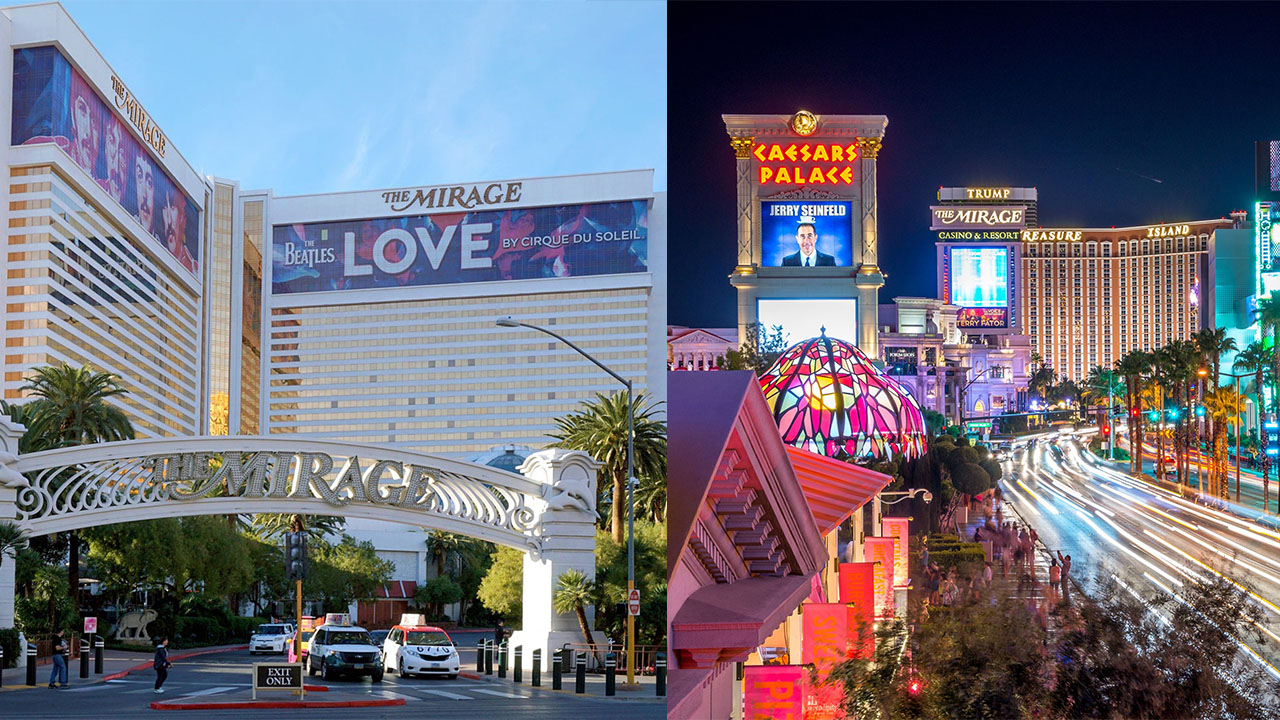
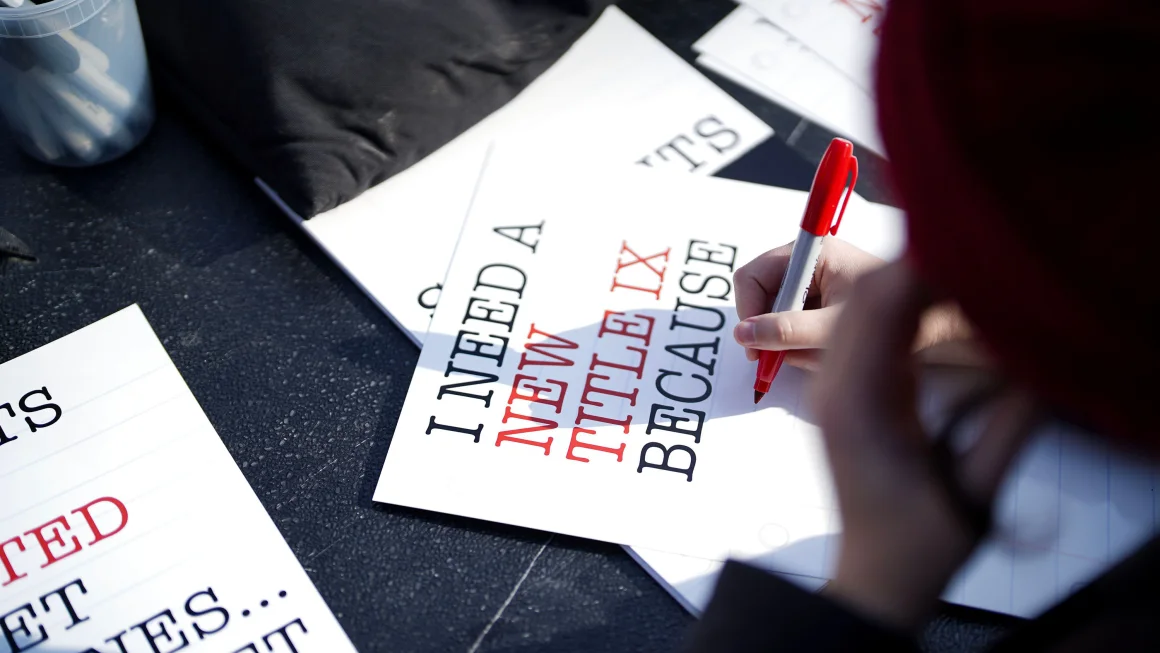



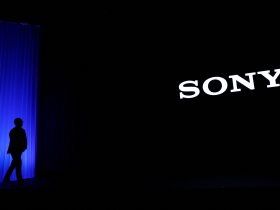
Leave a Reply